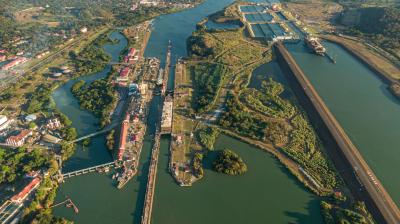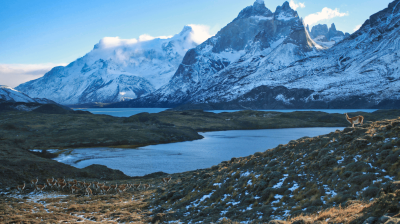State of the Climate in Latin America and the Caribbean 2024
- WMO regional State of Climate report highlights socio-economic toll
- 2024 sees record-breaking hurricanes, floods, droughts and wildfires
- Glacier retreat threatens long-term water supplies
- Advances in renewable energy are a bright light in the region
- Early warnings are saving lives
In 2024, the region faced devastating effects from hurricanes, wildfires, droughts, and floods, which continued to affect lives, livelihoods, and food supply chains long after the events ended. 2024 was the warmest, or second warmest year on record, which had devastating impacts on glaciers. With the loss of the Humboldt glacier, the Bolivarian Republic of Venezuela became the second country in the world to lose all of its glaciers.
A positive development in the report was the increasingly important role of renewable energy – at nearly 69% of the region’s energy mix. Solar and wind experienced a remarkable 30% increase in capacity and generation compared to 2023.
The report, released at a WMO Regional Association meeting hosted by El Salvador, aims to inform decisions on climate change mitigation, adaptation, and risk management at regional level. It incorporates input from NMHSs, UN agencies, regional partners, research and academia, and individual experts.
Explore further findings in the interactive story map below and learn more about the global climate in the WMO State of the Global Climate flagship report.

Other resources
Video
About the State of the Climate in Latin America and the Caribbean series
The State of the Climate in the Latin America and Caribbean report provides details of extreme weather and climate change impacts in the entire region, from the Amazon to the Andes, and from coastal waters to snowy peaks.









